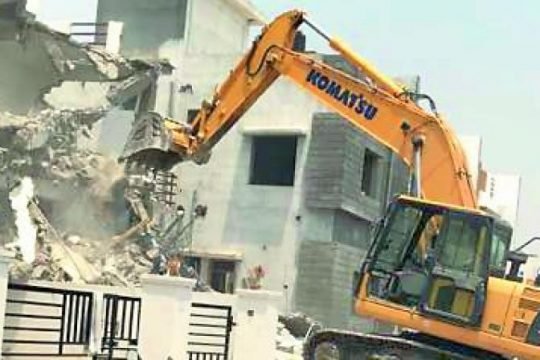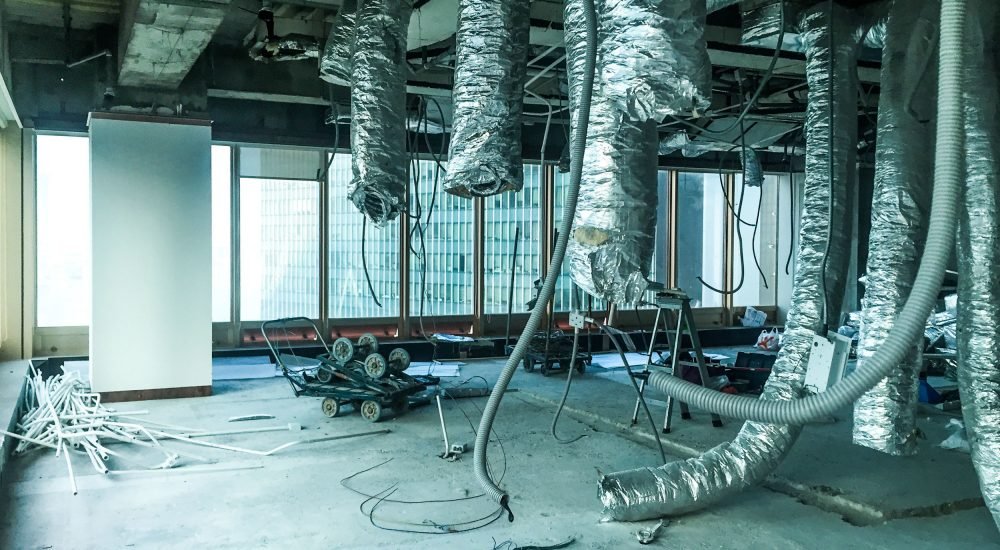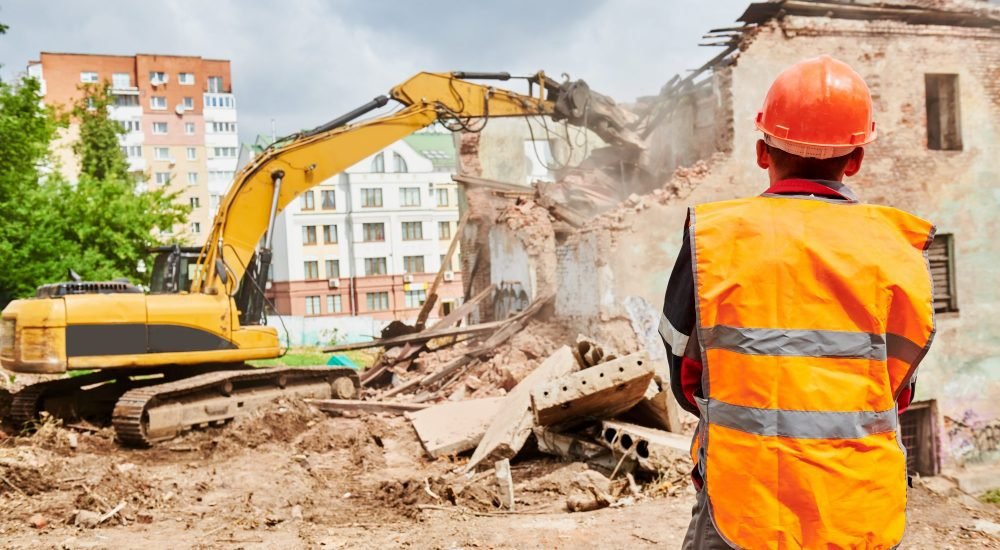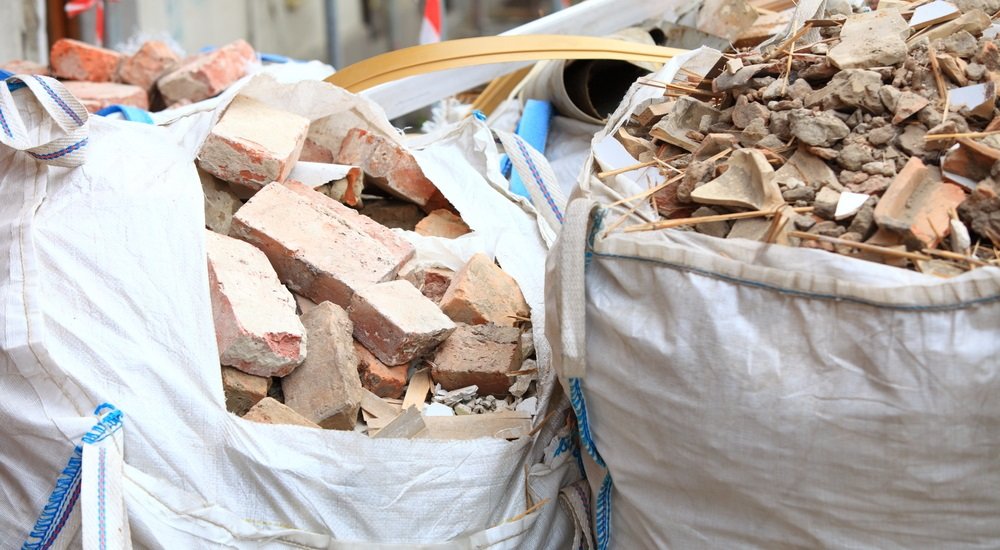5 Years of field experience
We Are
ORSU DEMOLITIONS
Demolition contractor in Dubai, ORSU Demolition Works, has been a prominent name in the industry for over five years. Located in the heart of Dubai, we pride ourselves on delivering comprehensive demolition services, including the dismantling of buildings, industrial plants, bridges, roads, and machinery
WHY SHOULD YOU CHOOSE US
With over five years of experience and knowledge, our skilled professionals are equipped to handle any demolition project. We come fully equipped and are ready to take on contracts anywhere in UAE. Our guarantee includes.
- PROPER SURVEYING
- WELL STRUCTURED DEMOLITION PLAN
- SAFETY ASSURANCE
- SITE CLEARING POST COMPLETION
- ON TIME COMPLETION
- CUSTOMER SATISFACTION
We specialize in the safe and efficient dismantling of residential, commercial, and industrial buildings. Our team is equipped with the latest tools and techniques to handle projects of any scale, ensuring minimal disruption to the environment. We meticulously plan and execute the demolition of industrial plants, handling the removal of heavy machinery, structural components, and hazardous materials with precision. ORSU Demolition Contractor is experienced in the careful dismantling of bridges, ensuring the integrity of surrounding structures. We also provide comprehensive road demolition services, including the removal of asphalt, concrete, and underlying structures. Additionally, our services include the dismantling and removal of machinery from various industrial settings.
Safety is our primary objective at ORSU Demolition Works. We are committed to performing all tasks effectively and responsibly, prioritizing the safety of our team, the public, and the environment. Our rigorous safety protocols and continuous training ensure every project meets the highest safety standards. We understand the importance of safeguarding the environment, so our demolition processes minimize environmental impact through sustainable practices such as recycling and proper disposal of materials.
With over five years of experience, our skilled professionals are equipped to handle any demolition project. We offer a full range of services tailored to meet the specific needs of each project, adhering strictly to safety regulations and industry standards while prioritizing eco-friendly practices.
Ready to start your next demolition project? Contact ORSU Demolition Contractor today for reliable, efficient, and safe demolition services in Dubai and across the UAE. Our commitment to excellence and customer satisfaction makes us the ideal partner for your next projec
Environmental Compliance
Orsu has company-owned landfills and transfer/recycling stations that allow us to meet any environmental compliance challenges head-on.
Contaminated Soil Mitigation
We manage the removal and disposal of contaminated soils from project sites, leaving the ground remediated and ready for whatever you have planned next.
Controlling Common Issues
Orsu understands and has significant experience with the need to control and monitor demolition sites for issues such as vibration, odors, noise, dirt, dust, and air quality.
Title: How to Choose the Best Demolition Contractors in UAE Introduction: Demolition is an essential process in construction, renovation, or remodeling projects. It involves tearing down a building or a part of it, and it requires a lot of expertise, experience, and resources to do it safely and efficiently. If you're planning a demolition project in UAE, you need to choose the right demolition contractor to ensure a successful outcome. In this article, we'll discuss how to choose the best demolition contractors in UAE. Section 1: What are Demolition Contractors? Demolition contractors are professionals who specialize in tearing down buildings or structures. They have the knowledge, skills, and equipment needed to demolish buildings safely and efficiently. Demolition contractors can work on a wide range of projects, including residential, commercial, and industrial structures. They also handle the removal of debris and waste materials from the demolition site. Section 2: Why Hire a Demolition Contractor? Demolition is a complex and dangerous process that requires specialized knowledge and equipment. Trying to demolish a building yourself is not only dangerous but also illegal. Hiring a professional demolition contractor in UAE is a must to ensure that your project is carried out safely, legally, and efficiently. Here are some benefits of hiring a demolition contractor: Expertise: Demolition contractors have the necessary knowledge and expertise to handle different types of demolition projects. They know the best techniques to use, the safety precautions to take, and the regulations to comply with. Safety: Demolition is a dangerous activity that poses many risks to people and property. Demolition contractors have the training and experience needed to carry out the project safely and minimize the risks involved. Equipment: Demolition contractors have access to specialized equipment and tools needed for demolition projects, including cranes, excavators, bulldozers, and dump trucks. They also have the protective gear needed to ensure their safety. Waste removal: Demolition contractors not only demolish buildings but also handle the removal of debris and waste materials from the site. They have the trucks and equipment needed to haul away the waste, ensuring that the site is left clean and safe. Section 3: How to Choose the Best Demolition Contractors in UAE Choosing the right demolition contractor in UAE can be challenging, considering the many options available. Here are some tips to help you choose the best demolition contractor for your project: Check their license and insurance: Demolition contractors in UAE are required to have a valid license and insurance to carry out their work. Make sure you verify the contractor's license and insurance to ensure they're legitimate and qualified. Experience: Look for a demolition contractor with a track record of successful projects similar to yours. The more experience a contractor has, the better equipped they are to handle your project. Reputation: Check the contractor's reputation by reading online reviews and asking for references. A good contractor will have positive reviews and satisfied clients. Safety measures: Look for a demolition contractor that prioritizes safety and has a comprehensive safety plan. Make sure they use the right safety equipment and follow the relevant regulations and guidelines. Equipment: Demolition contractors need specialized equipment to carry out their work. Look for a contractor with a variety of equipment, including excavators, bulldozers, and cranes, to ensure they have the right tools for your project. Cost: Compare quotes from different demolition contractors in UAE to find one that fits your budget. However, don't compromise quality for cost. Choose a contractor that offers fair pricing and high-quality services. Title: How to Choose the Best Demolition Contractors in UAE Introduction: Demolition is an essential process in construction, renovation, or remodeling projects. It involves tearing down a building or a part of it, and it requires a lot of expertise, experience, and resources to do it safely and efficiently. If you're planning a demolition project in UAE, you need to choose the right demolition contractor to ensure a successful outcome. In this article, we'll discuss how to choose the best demolition contractors in UAE. Section 1: What are Demolition Contractors? Demolition contractors are professionals who specialize in tearing down buildings or structures. They have the knowledge, skills, and equipment needed to demolish buildings safely and efficiently. Demolition contractors can work on a wide range of projects, including residential, commercial, and industrial structures. They also handle the removal of debris and waste materials from the demolition site. Section 2: Why Hire a Demolition Contractor? Demolition is a complex and dangerous process that requires specialized knowledge and equipment. Trying to demolish a building yourself is not only dangerous but also illegal. Hiring a professional demolition contractor in UAE is a must to ensure that your project is carried out safely, legally, and efficiently. Here are some benefits of hiring a demolition contractor: Expertise: Demolition contractors have the necessary knowledge and expertise to handle different types of demolition projects. They know the best techniques to use, the safety precautions to take, and the regulations to comply with. Safety: Demolition is a dangerous activity that poses many risks to people and property. Demolition contractors have the training and experience needed to carry out the project safely and minimize the risks involved. Equipment: Demolition contractors have access to specialized equipment and tools needed for demolition projects, including cranes, excavators, bulldozers, and dump trucks. They also have the protective gear needed to ensure their safety. Waste removal: Demolition contractors not only demolish buildings but also handle the removal of debris and waste materials from the site. They have the trucks and equipment needed to haul away the waste, ensuring that the site is left clean and safe. Section 3: How to Choose the Best Demolition Contractors in UAE Choosing the right demolition contractor in UAE can be challenging, considering the many options available. Here are some tips to help you choose the best demolition contractor for your project: Check their license and insurance: Demolition contractors in UAE are required to have a valid license and insurance to carry out their work. Make sure you verify the contractor's license and insurance to ensure they're legitimate and qualified. Experience: Look for a demolition contractor with a track record of successful projects similar to yours. The more experience a contractor has, the better equipped they are to handle your project. Reputation: Check the contractor's reputation by reading online reviews and asking for references. A good contractor will have positive reviews and satisfied clients. Safety measures: Look for a demolition contractor that prioritizes safety and has a comprehensive safety plan. Make sure they use the right safety equipment and follow the relevant regulations and guidelines. Equipment: Demolition contractors need specialized equipment to carry out their work. Look for a contractor with a variety of equipment, including excavators, bulldozers, and cranes, to ensure they have the right tools for your project. Cost: Compare quotes from different demolition contractors in UAE to find one that fits your budget. However, don't compromise quality for cost. Choose a contractor that offers fair pricing and high-quality services. Demolition Contractors in UAE DDemolition Contractors in UAE Demolition Contractors in UAE Demolition Contractors in UAE Demolition Contractors in UAE Demolition Contractors in UAE Demolition Contractors in UAE Demolition Contractors in UAE Demolition Contractors in UAE Demolition Contractors in UAE Demolition Contractors in UAE Demolition Contractors in UAE Demolition Contractors in UAE Demolition Contractors in UAE Demolition Contractors in UAE Demolition Contractors in UAE Demolition Contractors in UAE Demolition Contractors in UAE Demolition Contractors in UAE Demolition Contractors in UAE Demolition Contractors in UAE Demolition Contractors in UAE Demolition Contractors in UAE Demolition Contractors in UAE Demolition Contractors in UAE Demolition Contractors in UAE Demolition Contractors in UAE Demolition Contractors in UAE Demolition Contractors in UAE Demolition Contractors in UAE Demolition Contractors in UAE Demolition Contractors in UAE Demolition contractors UAE Demolition contractors UAE Demolition contractors UAE Demolition contractors UAE Demolition contractors UAE Demolition contractors UAE Demolition contractors UAE Demolition contractors UAE Demolition contractors UAE Demolition contractors UAE Demolition contractors UAE Demolition contractors UAE Demolition contractors UAE Demolition contractors UAE Demolition contractors UAE Demolition contractors UAE Demolition
Achievements
We take pride in every project we have done. We have grown a lot with our work years.
Happy Clients
Projects Completed
Workers Employed
Demolition Contractor in Dubai





